Kumari Kandam - Part 7 (Persian and Eurasian Countries) !! - Lost History of Ancient Tamizhs
Pandya kings of Kumari kandam were excellent explorers of seas and also they had expanded their kingdom beyond Akand Bharat. While exploring the lands around India (prior to the Indus / Sindu civilization), a set of Pandya kings from ancient tamizhakam had established their society near the fertile Sindhu river. For more detailed information about dravidians of Pre - Indus Valley civilization, reach out to the post below
https://divinediyaas.blogspot.com/2020/12/kumari-kandam-part-5-pre-indus-valley.html
The people who have moved to Persian countries before the start of Sindhu civilization were popularly called as 'Proto - dravidians' by historians. Also, Pandya kings had expanded their kingdom till Greece by crossing Sindhu river, that includes Iran, Iraq, Turkey, Syria, Azerbaijan, ancient Mesopotamia regions. The references of tamizh society in these countries are explained in this post.
Why am I talking only about Pandya kings of Kumari kandam ? Because, during that time (before 7000 BCE), there were no Cholas, Cheras, Pallavas, Velirs etc. There were only Pandya kings, popularly called as 'Early Pandya kings' to differentiate them from medieval and later period of pandyas.
Tamizh civilization in Persian countries can be connected in several ways and there are many facts to prove the existence of tamizh civilization over there.... Let us see about one by one...
1. In Iran
Tamizh people had reached south of Iran and started a new society called 'Elam', meaning (young ) homeland. The people of elam were called as Elamites, the connection between Elamities, dravidians and Indus valley people are mentioned in the previous part of my post, Kumari Kandam - Part 6.
In the later period, followed by Pandya kings, many other tamizh kings had ruled regions of Persian countries and some other kings served as chieftains of Pandyas. I have put a separate post for 'Tamil Culture and Kings in ancient Iran' in three parts as, Part 1, Part 2, Part 3 .
Cappadocia was also known as Hatti in the late Bronze Age and was the homeland of the Hittite power centred at Hattusa. The earliest record of the name of Cappadocia dates from the late 6th century BC, when it appears in the trilingual inscriptions of two early Achaemenid kings, Darius I and Xerxes, as one of the countries (Old Persian dahyu) of the Persian Empire. In these lists of countries, the Old Persian name is Katpatuka. It was proposed that Kat-patuka came from the Luwian language, meaning "Low Country".
Comana (Komana Pontika) was an ancient city of Cappadocia, frequently called as Comana Chryse i.e. "the golden"( to distinguish it from Comana in Pontus).
Isn't this name referring to Ko-manna (King) + Pontika (Pandya was called as Pontika in greece) ???
3. In Greece
A) Panticapaeum (Pantikápaion) was an ancient Greek city on the eastern shore of Crimea, which the Greeks called it as Taurica. The city was built on Mount Mithridat, a hill on the western side of the Cimmerian Bosporus.
Greek and Latin sources refer to the ancient Tamil country, Tamilakam, as "Lymyrike" or "Damirice" (or Dymirice/Dimirixe or Damirice).
Korkyra - Is an ancient Greek city and it was one of the three great naval powers. It served as an important port during 700 BCE and the ruins of ancient Greek temples and other archeological sites of the ancient city Korkyra are found in Palaipolis.
What is the meaning of Korkyra ?
This Korkyra was named after the famous 'Korkai' port of Pandya kings. Korkai port is famous for Pearl fishing and it is one of the major naval port of tamizhakam ruled by Pandya kings.
This ancient Greek naval port 'Korkyra', is a proof to the point that it was once ruled by Pandya kings of tamizhakam. Else, Why it has to be named after Pandya's important port 'Korkai' ???
Check the orange colored circle at the bottom of this map in the below picture. It is Korkai... It's an ancient port of Pandya kings..
Why everything goes around Pandya kings ?? Why all the cities, ports, kings were named after Pandya kings in Greece?
Such as,
1. Panticapaeum - Named after Pandya kings
2. Pontic dynasty - Pandiyan Dynasty. Both Pontic and Pandiyan kings belongs to Solar race.
3. Cappadocia in Turkey - is named after Kapatapuram of tamizhakam
4. Korkyra in Greece - is Korkai in tamizhakam.
Why all these cities in Greece are named after Pandiyan major cities and ports ?
Because, Greece was once ruled by early Pandya kings... Also, there are many places in Greece, which are named in tamizh (More about tamil civilization in Greece will be covered in separate post). Not only in Greece, Pandyas had expanded their territory across Eurasian countries as well...
3. Azerbaijan
Tamiraparani is an ancient and important fertile rivers of Pandya Kingdom in tamizhakam. It is still actively flowing in Tamil Nadu and reaches Bay of Bengal in the East, but it changed its course of direction in the last 2000 years. During the period of Kumari kandam, Tamiraparani had flowed from tamizhakam to Kumari Kandam. Satyavrata, the great early Pandya king had first seen Matsya avatar of Lord Vishnu as a small fish in this river, so this river plays major part in the history of Pandyas.
Why am I talking about Tamiraparani river ? How Tamiraparani river is linked here in Azerbaijan?
The Pandya kings who ruled Persian and Eurasian countries, had named one of the river as Tamiraparani in Azerbaijan, which is now called as 'Damiraparan' river.
Here in the above picture, paralimni - refers of 'Parali' river of Kumari Kandam and 'Draviskos' - refers to the dravidians.
5. Iraq
Hatra was an ancient city in the Nineveh Governorate of present-day Iraq. Hatra was the best preserved and most informative example of a Parthian city, Parthian kings are actually descendants of tamizh kings (will put a separate post for this).Cities in Iraq under Hatra kingdom was destroyed by muslims. In early 2015 they announced their intention to destroy many artefacts, claiming that such "graven images" were un-Islamic, encouraged shirk (or polytheism), and could not be permitted to exist, despite the preservation of the site for 1,400 years by various Islamic regimes. ISIL militants pledged to destroy the remaining artefacts. Shortly thereafter, they released a video showing the destruction of some artefacts from Hatra.
Many historical places in Iraq are destroyed by muslims stating that it's a history of non muslims and they don't want it in their places. There are few places left which is still named in tamizh. Check the picture below for the same.
6. Syria
Mari, is the most ancient city at Syria, which was built on the western banks of Euphrates rivers by tamizh people. It was the major trading center during 3rd millennium BCE.

The ancient tamizh civilization people selected an inhospitable area near a bend in the Euphrates River to build their new capital. They built this city as rich center for trade and goods production in Northern Mesopotamia. They dug canal to connect two bends of Euphrates river (Originally called as 'Purattu' river) and used the land to project from this to raise a perfectly circular area that would form as a heart of their new city and the canal that is been passed through it made the uninhabitable location as habitable. Fortifications were constructed, and a grand capital enclosed within two concentric circles took shape, a design it would retain for its entire thousand and thousand years of history.
Along with the construction of the linking canal, these people built two other canals on either side of the city. The eastern one on the eastern side of the river was a navigation canal. The other was an irrigation canal to feed Mari's crops.
This city was named after their storm god 'Mari'. In tamizhakam, 'Mariamma' is a storm goddess. This proves that tamizhs were settled in Syria as well and thus named a city after the goddess 'Mariamma'. Mariamman is a very popular tamizh goddess worshiped in South India. She is considered as Kaval Deivam (Protector Deity) in many villages of Tamizhakam.
7. Sumerians
Mesopotamia is an ancient historical region of western Asia situated within the Tigris and Euphrates river system, in the northern part of the Fertile Crescent. It occupies the area of modern day Iraq, Kuwait, parts of Syria, Turkey, and regions along the Iran-Iraq border. |
| Sumerians |
Sumerian language has relationship with Tamizh, sumerians who were settled in mesopotamia during 4500 BCE and spoke a early dravidian language. The Sumerians and Akkadians dominated Mesopotamia region from the beginning of written history (3100 BCE) to the fall of Babylon in 539 BCE. But, Indus valley civilization is much prior to this, which was dated back to 9000 BCE. This is just a high level information, I will take up a separate post for Sumerians and about Egypt....
Thus the early tamizh kings and people had spread across persian and Eurasian countries, spoke tamizh, named places in tamizh, practiced tamizh culture and traditions. Did the Pandya kings go only in the western direction and reached Persia, Europe, Asia ??? No, Pandya kings of Kumari kandam had also gone towards Eastern direction... There are also remaining parts of kumari kandam lands over there and it will be uncovered in part 8 of this post....
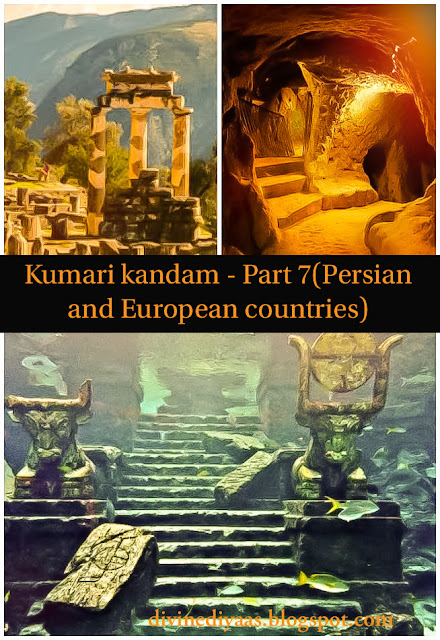
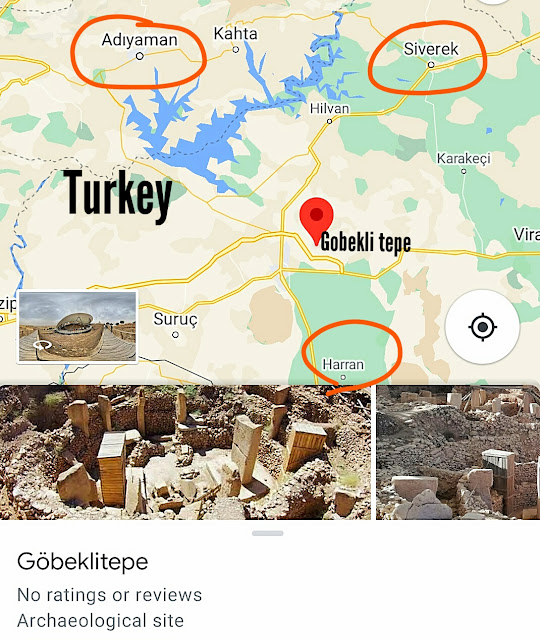

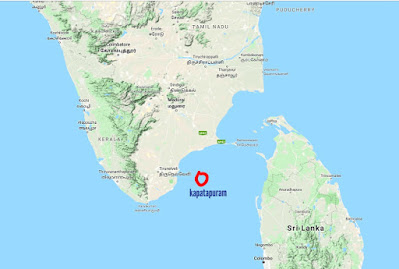



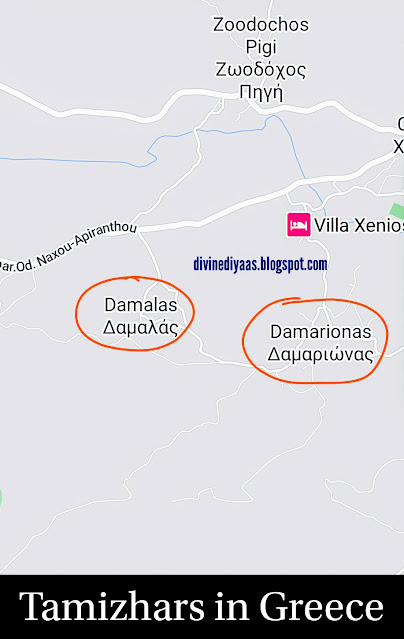
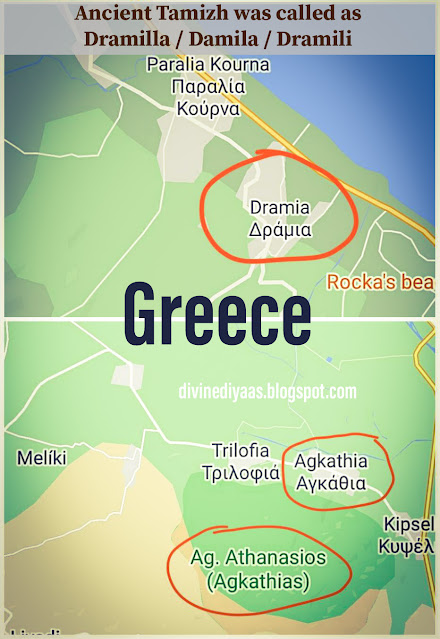

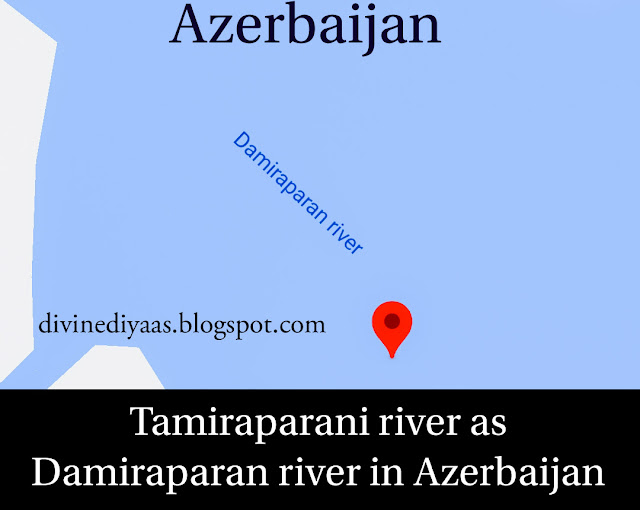

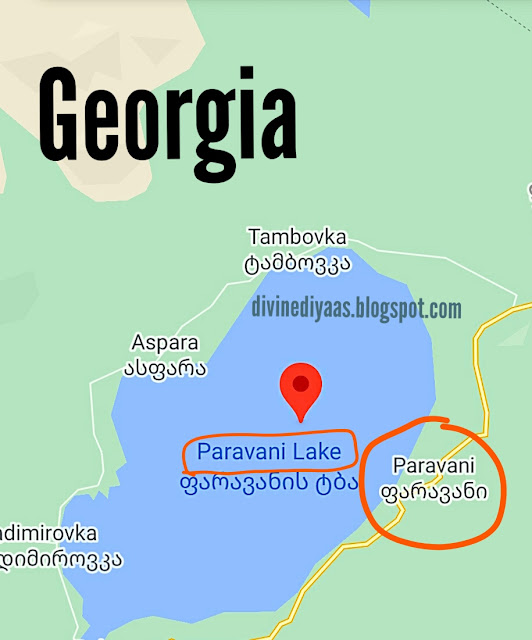


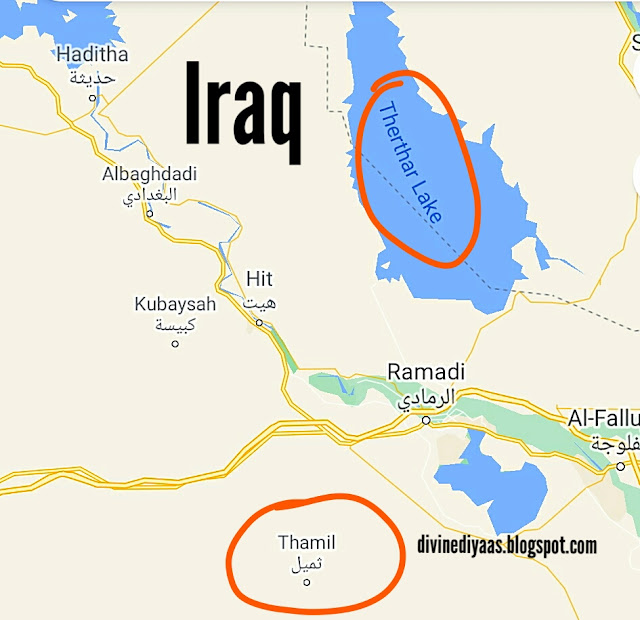
Wonderful! Proud to know that Tamil kings had ruled Persian countries, Greece, Georgia etc. Waiting for next part of this series.
ReplyDeleteThanks and Best wishes,
Nagendran
Excellent research Aarthi! Your analysis on Greece and Georgia about Tamizh civilization is superb.
ReplyDeleteReally ? Unbelievable!
ReplyDeleteThis comment has been removed by a blog administrator.
ReplyDelete